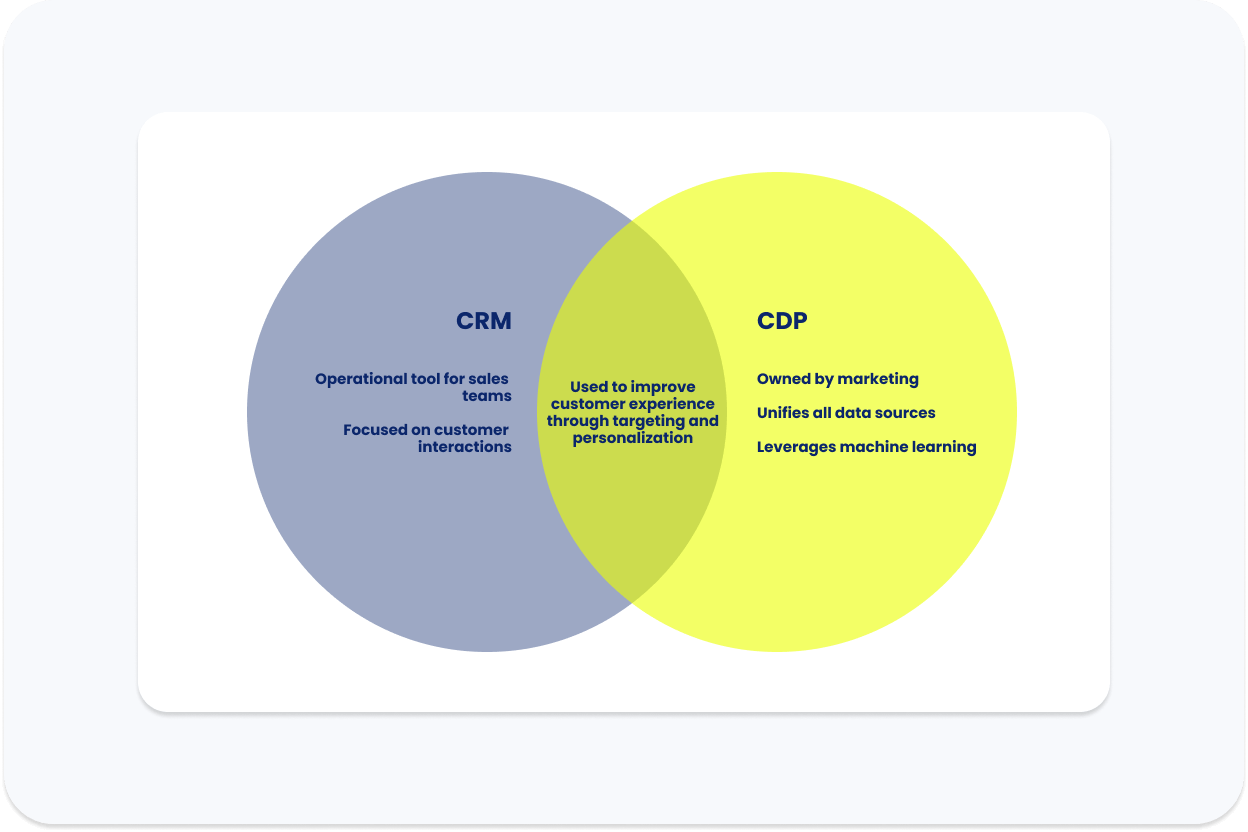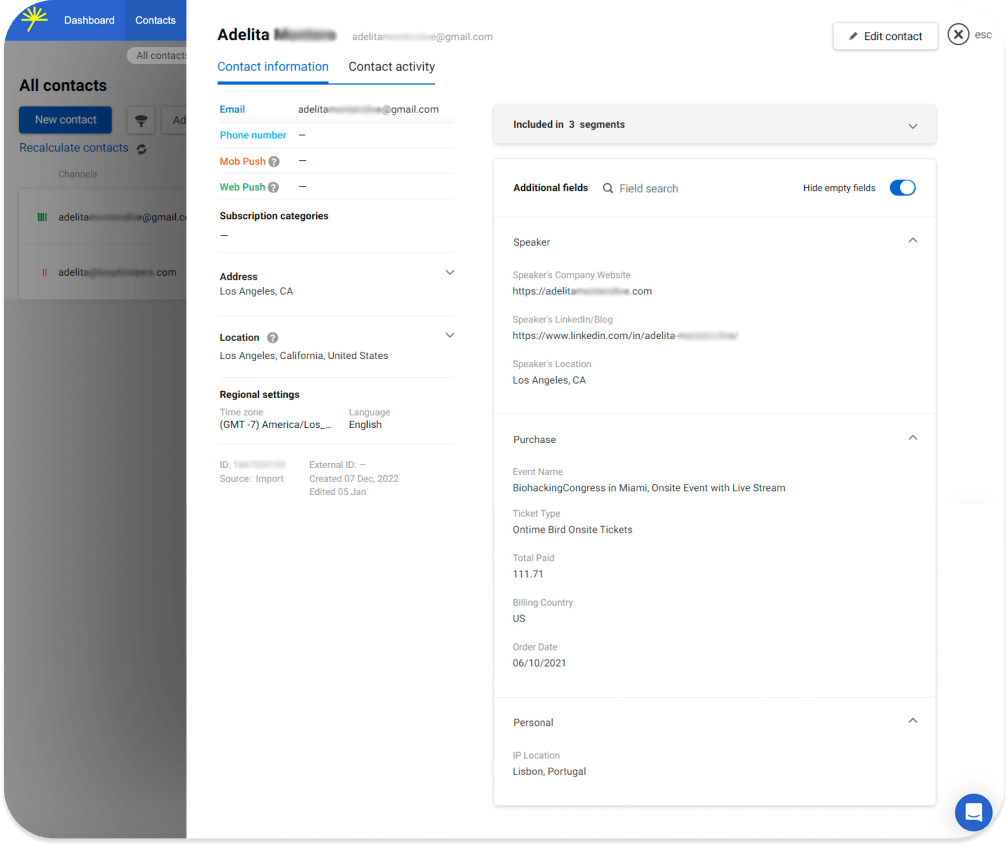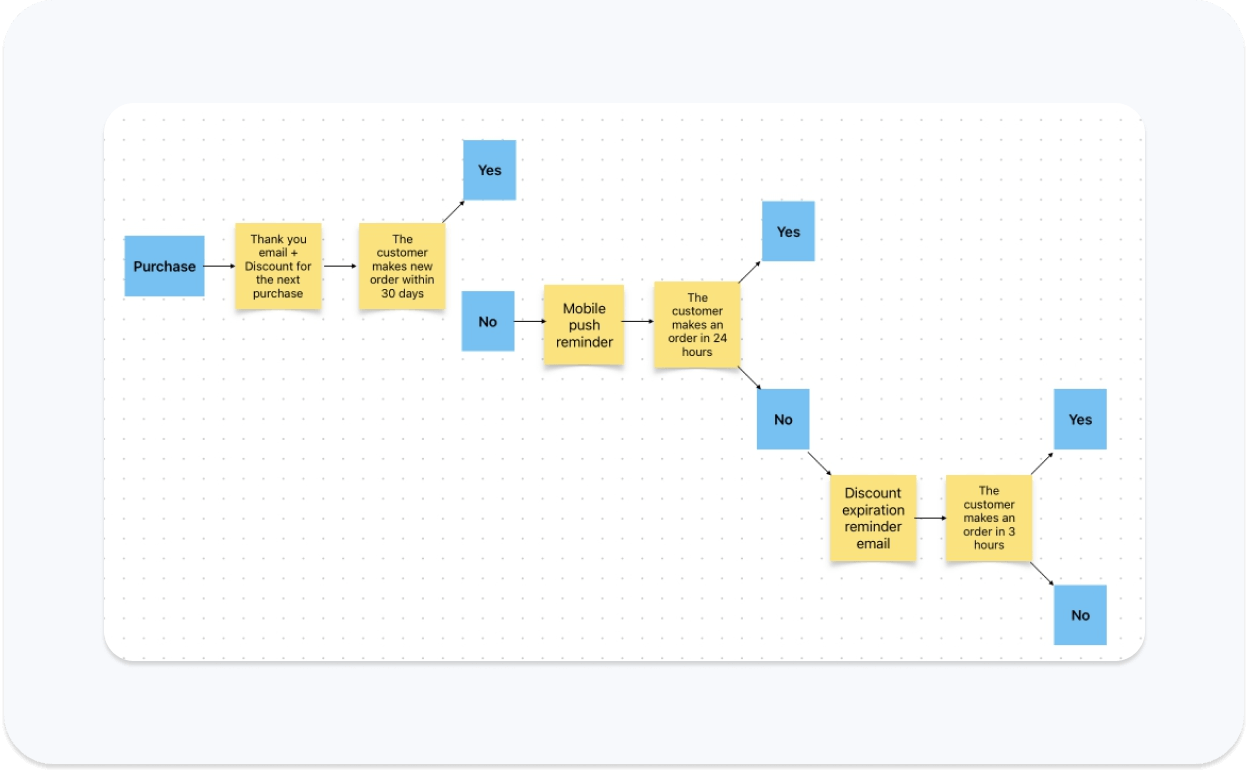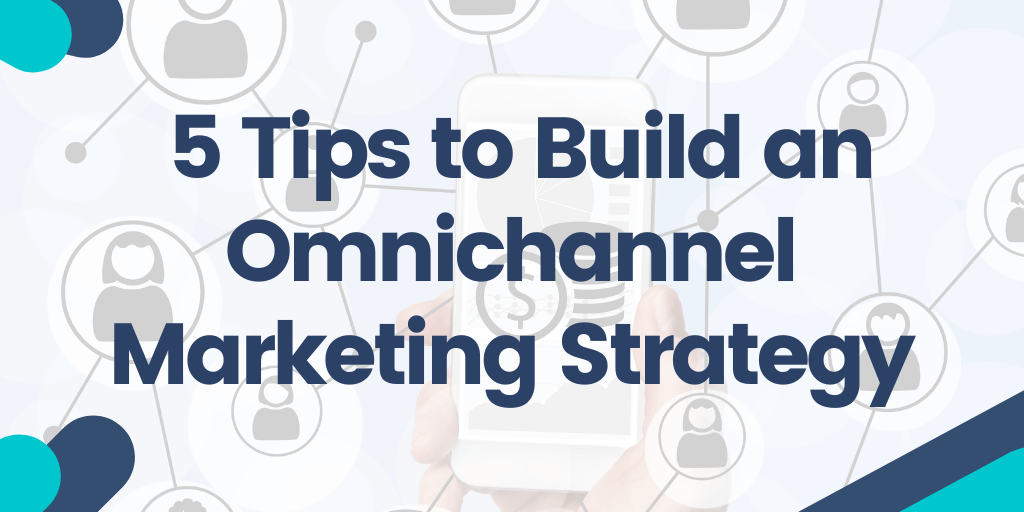I bet you have heard a lot about omnichannel marketing—the approach that deliver a seamless brand interaction experience to your users across multiple channels while personalizing it as deeply as possible.
But how can you get started with it? What software do you need to go omnichannel? How to create an omnichannel marketing strategy that drives results?
In this article, we will find out what is an omnichannel strategy, how to build one for your business, and what tools you need to make it effective.
- [ Article navigation ]
- 5 Tips to Build an Omnichannel Marketing Strategy in 2025
- What is an omnichannel marketing strategy
- Omnichannel marketing strategy elements
- What tools do you need to create an omnichannel marketing strategy
- How to create an omnichannel marketing strategy step-by-step
- Define your goals
- Define the marketing channels your audience uses
- Choose an omnichannel marketing platform
- Depending on the goals and communication channels, create custom workflows
- Run your first omnichannel campaign and measure the results
What is an omnichannel marketing strategy
An omnichannel marketing strategy is a framework that defines the ways your brand interacts with customers across several marketing channels. It is a holistic approach that aims to integrate all channels and create a single view of the customer, allowing businesses to personalize messaging and offers based on customer behavior and preferences.
An omnichannel marketing strategy looks like a set of custom workflows each of which captures a customer at a certain stage of their journey and encourages them to make a target action.
Let's review the simplest possible omnichannel strategy example. Suppose you have abandoned a shopping cart. In some minutes you will receive a branded email with a kind reminder of your intention to order something online. As an option, you will also get a personalized discount as well to trigger the purchase further. In case you don't take action, the brand may reach out to you via an instant messenger, reminding you of an abandoned cart and a discount once again. The next time, the company is likely to send you an SMS saying that there are only a few hours left to complete your order—otherwise, the chosen items will run out of stock.
Here is how an omnichannel strategy works. The brand's goal is to deliver as personalized an experience as possible while killing two birds with one stone—winning your loyalty and growing their sales.
Despite being a seemingly simple approach, an omnichannel marketing strategy also consists of several important elements, each of which drives its efficiency.
Omnichannel marketing strategy elements
- Consistent brand image. Your brand messaging, imagery, and tone of voice should be consistent across all channels, including social media, email, and in-store experiences.
- Multiple channels. Multiple marketing communication channels are at the heart of an omnichannel strategy. Usually, businesses use email, web push, mobile notifications, social media, SMS, and instant messengers to deliver an omnichannel experience.
- Seamless customer experience. In addition to leveraging multiple marketing channels, they should be closely interconnected making it easy for the user to interact with the brand, regardless of the communication tool.
- Personalization. Every marketing message you deliver using any of the above channels should also be based on the user's previous behavior, current needs, and/or expectations which can be determined with the help of customer data analysis. The insights gained about each of the customers are usually unified in a Single Customer View (SCV) which is an essential feature of a customer data platform.
What tools do you need to create an omnichannel marketing strategy
Before you proceed with developing an omnichannel content strategy, make sure you have all the necessary tools in place. The matter is that an omnichannel approach is ultimately data-driven so its effectiveness hinges not only on having access to customer data but also on utilizing customer experience software for the collection, management, and analysis of this data. So, you need two core tools to get started with going omnichannel.

- Customer Relationship Management (CRM) software. A CRM system is a tool that helps businesses manage and analyze customer interactions and data throughout the customer lifecycle, including contact details, purchase history, and communication preferences.
- A Customer Data Platform (CDP). A CDP, in turn, enables eCommerce companies to collect, unify, and analyze customer data from multiple sources, including online and offline channels. It provides a centralized database of customer information, allowing businesses to create a single view of the customer and deliver personalized messaging and offers across all channels. A CDP can help businesses overcome the challenges of siloed data and fragmented customer experiences, and create a seamless and consistent omnichannel experience.

The integration of a CDP and CRM system is essential for creating an effective omnichannel marketing strategy since in this case, a single view of the customer will be as complete as possible.
How to create an omnichannel marketing strategy step-by-step
Let's find out how to develop an eCommerce omnichannel strategy in several simple steps.
Define your goals
Going omnichannel allows for achieving several goals at once. The main goals businesses usually pursue when creating an omnichannel marketing strategy are providing a more seamless customer experience, improving engagement, increasing sales, brand recognition, and loyalty, plus optimizing their marketing efforts. Sure, achieving all of them at once would be just great but it's still better to focus on one core goal, and then, proceed with other ones step-by-step. For example, concentrate on growing sales.
Define the marketing channels your audience uses
After you have defined your main goal of going omnichannel, take one more look at your target audience and define the marketing communication channels they use. For example, while Gen Z are avid fans of social media, Millennials, and older customers' generation are more likely to use emails and old-fashioned instant messengers. Based on your insights into your target audience’s marketing content consumption patterns, you’ll segment them accordingly.
Choose an omnichannel marketing platform
Choosing an effective omnichannel marketing tool is essential for businesses looking to build a successful marketing strategy. So, what features should you pay attention to?
A powerful omnichannel marketing tool should provide a single view of the customer, allowing you to track and analyze customer behavior across all touchpoints. It should also offer automation capabilities, enabling businesses to create custom workflows that deliver personalized messaging based on customer behavior and preferences. Predictive analytics and AI algorithms are a must now.
Depending on the goals and communication channels, create custom workflows
Once the goals and communication channels are identified, you can use customer service automation tools to create custom workflows that deliver personalized messaging and offers across all touchpoints.
Here is an example showing how you can retain users and trigger further purchases with email and mobile push notifications.

Trigger: A customer makes a purchase on a company's website. ⇨
Action: The customer receives a personalized thank-you email with a discount code for their next purchase.
If the customer does not use the discount code within 30 days:
Trigger: The customer receives a personalized email with product recommendations based on their previous purchase. ⇨ Action: The email displays products that complement the customer's previous purchase and offers a discount code to incentivize them to make another purchase.
If the customer still does not make another purchase:
Trigger: The customer receives a personalized push notification on their mobile device. ⇨ Action: The push notification displays the same product recommendations as the email and offers a limited-time discount code to incentivize them to make another purchase.
If the customer still does not make another purchase:
Trigger: The customer receives a follow-up email. ⇨ Action: The email offers a final discount code and encourages the customer to make another purchase before the offer expires.
You can come up with such custom and automated workflows for each of the user scenarios, for instance, to deal with abandoned carts, cross-sell and up-sell, deliver entertaining content, and encourage your customers to join your sales, refer their friends, and leave you feedback.
Run your first omnichannel campaign and measure the results
At this step, you are already done with your omnichannel marketing strategy development. The only thing remaining is to run your first campaign, gather performance data and analyze the results. Below are the main KPIs you should track for your omnichannel campaigns:
- Conversion Rate: The percentage of website visitors who take a desired action, such as making a purchase or filling out a form. An average omnichannel campaign conversion rate is 3,4%. In case it goes significantly lower, consider A/B testing your marketing messages across the channels, experimenting with the design and time frames between touchpoints.
- Customer Satisfaction: A measure of how satisfied customers are with a business's products, services, and overall experience. The easiest and surest way to discover how satisfied your customers are is to run a survey, and then, adjust your product or service accordingly.
- Customer Retention Rate: The percentage of customers who continue to do business with a company over a certain period of time. Implementing a loyalty program is one of the best practices to keep a customer retention rate high.
- Average Order Value (AOV): The average amount of money spent by customers on each purchase. To improve this metric further, consider offering bundle deals (if you have a retail business) or some add-on services your customers will benefit from.
Conclusion
Building an effective omnichannel marketing strategy is essential for companies looking to stay competitive, develop long-term relations with their customers, and future-proof their businesses.
To do it in 2024, you should focus on understanding your audience, using data to personalize your messages as deeply as possible, and leveraging a powerful omnichannel marketing platform with the necessary workflows and advanced analytics in-built. By following these tips and leveraging the right tools, you will be able to deliver consistent, personalized, and revenue-boosting customer experience across all channels and touchpoints.

Yulia Khmelevska is a tech and marketing writer with a passion for creating engaging content that helps B2B businesses thrive.

